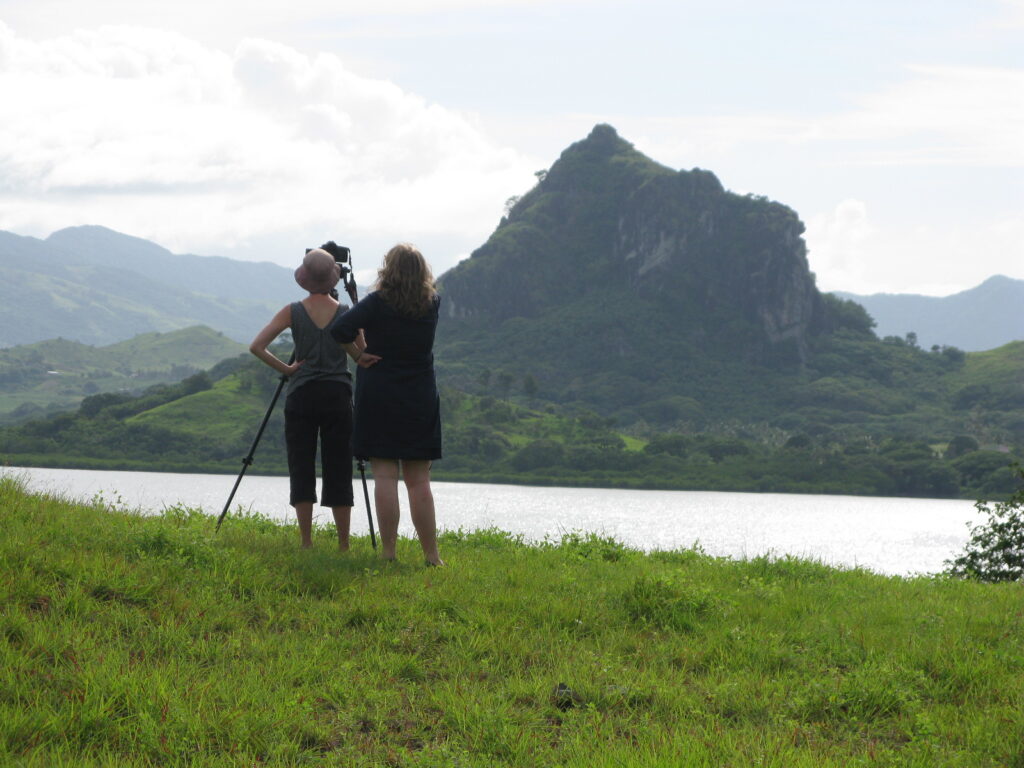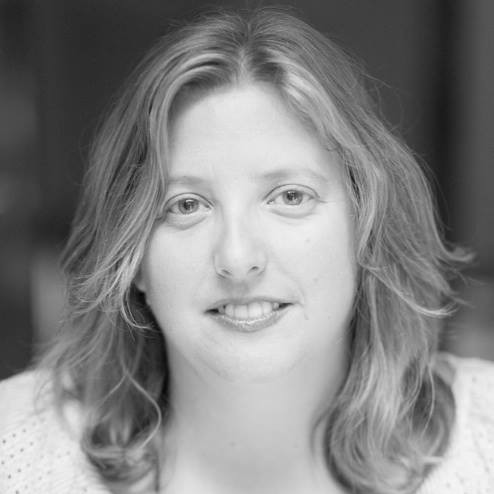
Alexandra Lacey
Director/Writer/Co-Producer
Alexandra Lacey is the daughter of an American father and a British mother, Jean Bish, who grew up as a fourth-generation colonial in Fiji. Her work emphasizes memory, the profound role of place in the human experience, and the power of oral history to connect the personal with the political, weaving individual stories together to create a more complex understanding of history. Her films have screened and been recognized at numerous international festivals. Currently, she teaches film at both City College of San Francisco and De Anza College, and she is a producer and video coordinator at Persuasion Pictures as well as at the San Francisco Anti-Eviction Mapping Project. She received her BA in Film Production at UC Santa Cruz and her MFA in Film Production from San Francisco State University.
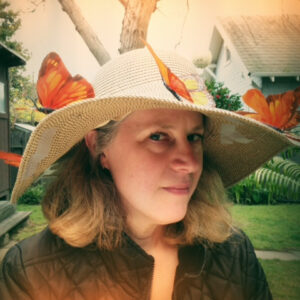
Kathleen Dargis
Editor/Co-Producer
Kathleen Dargis has worked on a diverse collection of projects focusing on documentaries, non-profit profiles, and educational content with mission-driven themes and character-driven portraits. She has worked with the San Francisco International South Asian Film Festival as their Shorts Program Manager and Media Producer. She has co-produced and edited independent documentary shorts which have screened at international film festivals and volunteered at Creative Growth Art Center. In addition, she has worked on projects for the History Channel, Citizen Film, ShadowLight Productions, Persuasion Pictures, Junoon Pictures, ALS Network, The Anderson Collection at Stanford University, as well as a series of projects for Stanford University and Stanford School of Medicine.

S. Smith Patrick
Cinematographer
S. Smith Patrick is a documentary filmmaker and photographer whose work focuses on human rights and social issues. Her films have screened internationally and have won numerous awards. Her first film, The Children of Ibdaa: To Create Something Out of Nothing (2003), is about a Palestinian children’s dance troupe using its performance to express the history, struggle and aspirations of the Palestinian people. It screened worldwide, won numerous awards and laid the foundation for ongoing solidarity projects with Palestinian communities in Occupied Palestine. Other projects include Seeing Siem Reap, about Cambodian street kids empowered by creative expression, Her Iran, which explores Western stereotypes of Iranian women, and Return to Dak To, about Vietnam Vets returning to Vietnam for the first time since the war. She brought her skills as a cinematographer to Fiji Time. In addition, Smith collaborates with NGOs to craft videos used to raise awareness about human rights crises. Collaborations include The Middle East Children’s Alliance, The Elder Ashram, Children 4 Change and She-Can. Smith is also an educator who conducts film workshops for youth with the goal of empowering students to explore their personal stories.
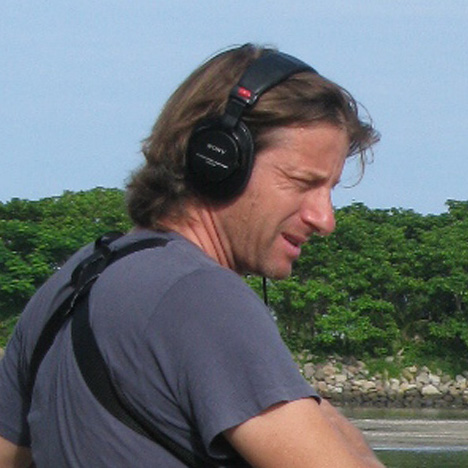
Anton Herbert
Sound Recorder, Mixer, and Editor
Anton Herbert designs and records audio for documentary, experimental and commercial projects. He recently debuted a collaborative project at the Exploratorium in San Francisco chronicling the last glacier in California. He studied at San Francisco’s Art Institute and has a foundation of experimental film and photography.

Dan Cantrell
Composer
Dan Cantrell is an Emmy winning composer, accordionist, pianist, and saw player known for his soundtrack work on Cartoon Network’s Marvelous Misadventures of Flapjack series and his innovative and energetic approach to documentary film and television scoring. Recent collaborators include: Tom Waits, Joanna Newsom, Beats Antique, the San Francisco Symphony, members of the Klezmatics, Brave Old World, and Fishbone.
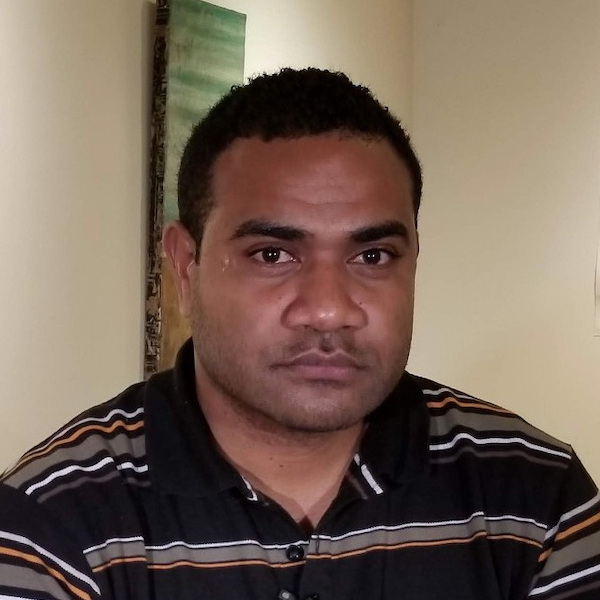
Waqa Vuidreketi
Original Film Art
Waqa Vuidreketi is an indigenous Fijian artist who explores the use of found materials and raw materials to reinterpret Fijian concepts into his work including indigenous identity and the organic relationship between Pacific people and their land. He is particularly keen to explore themes such as the collision between modern and traditional values systems, perceptions of indigenous identity by young urban Fijians and addressing modern-day challenges using traditional methods of discourse, problem solving, and knowledge. He continues to push the boundaries of his art as an expression of indigenous identity in a constantly changing world.
